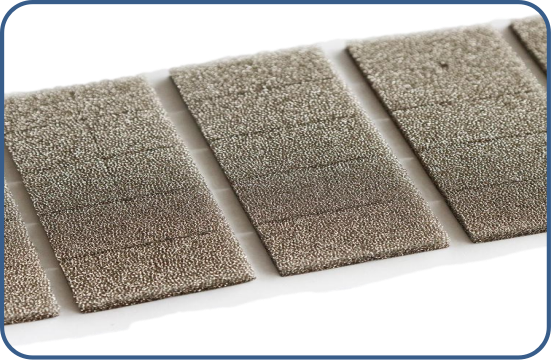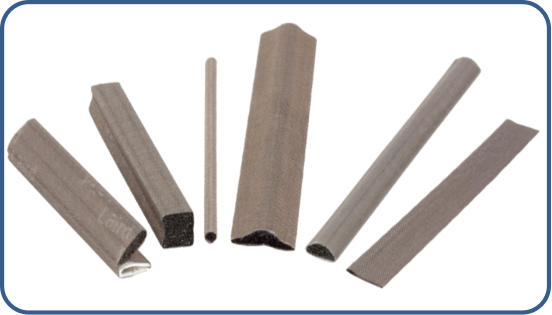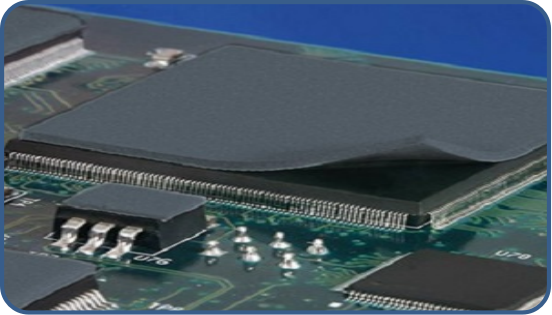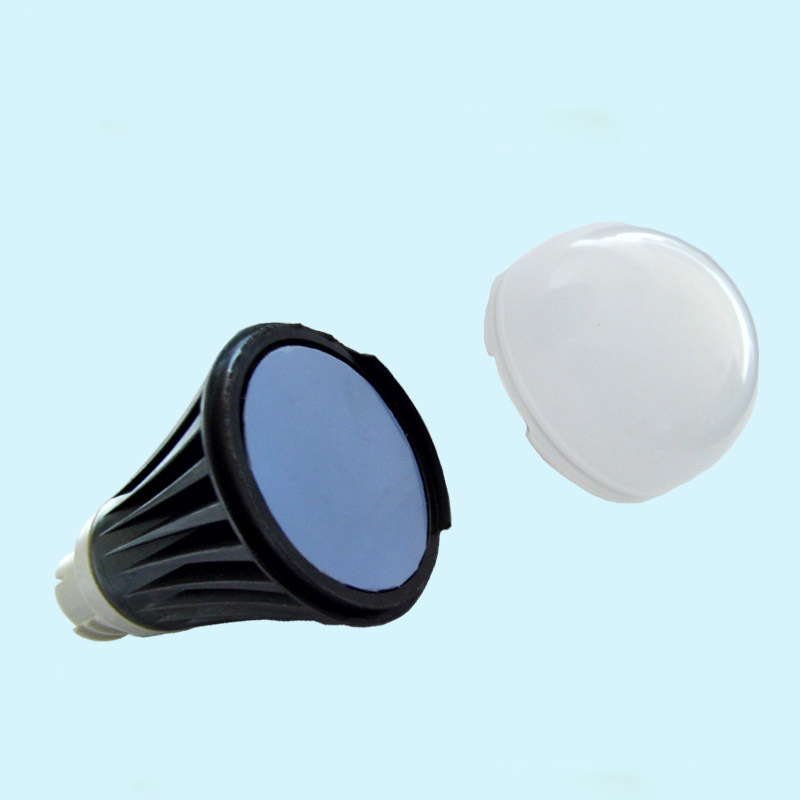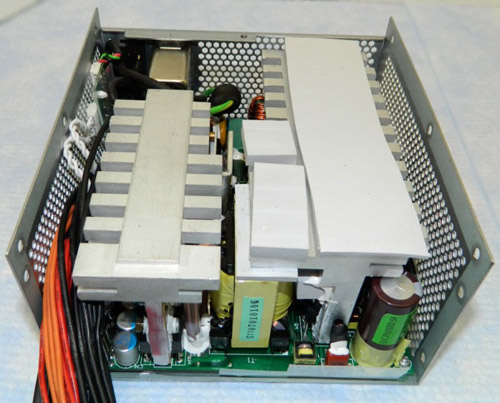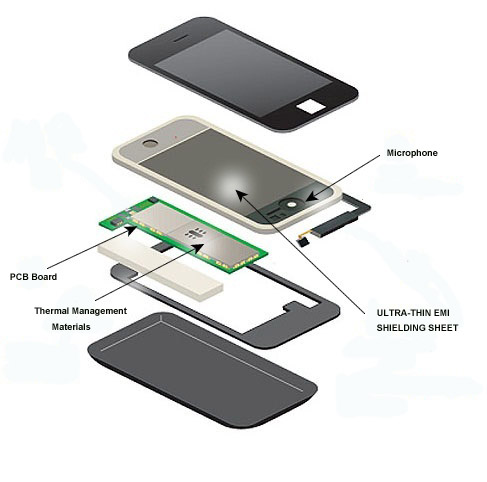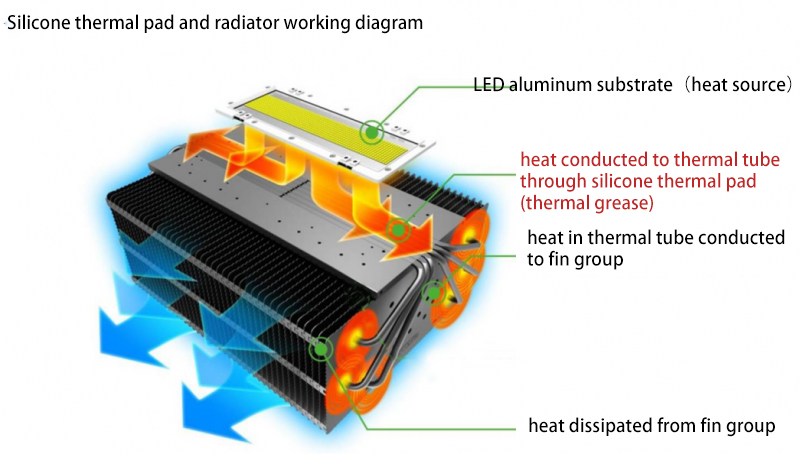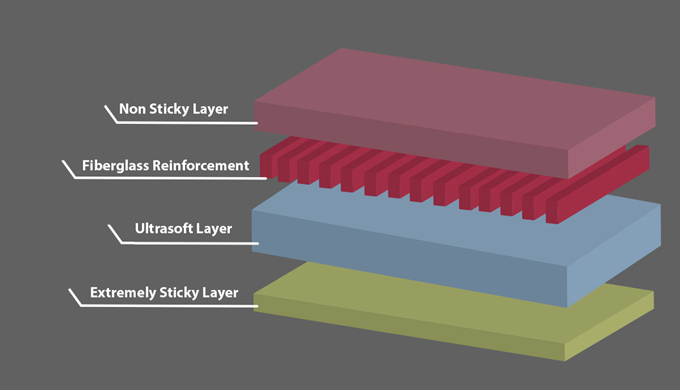News and Articles
Related Product
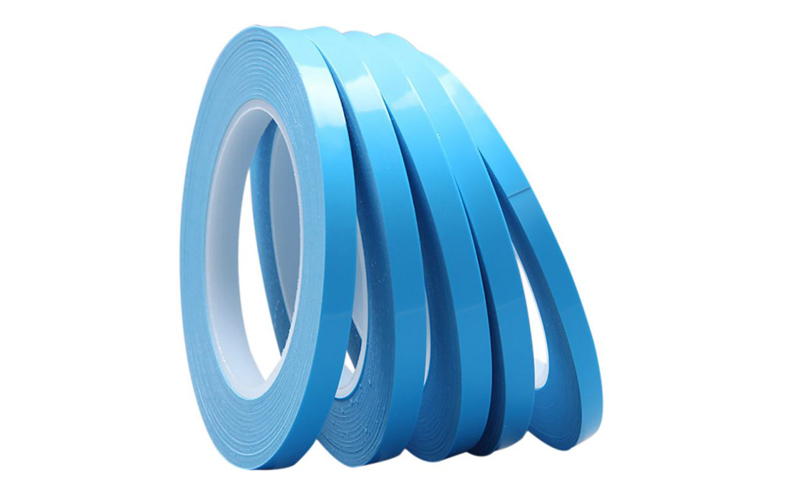



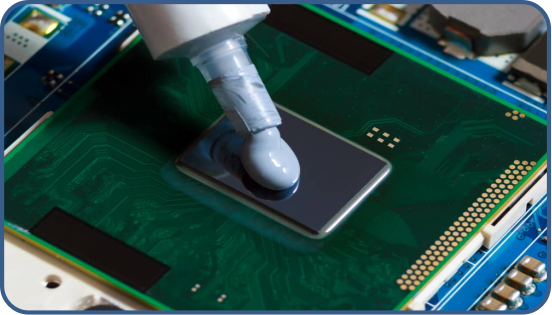

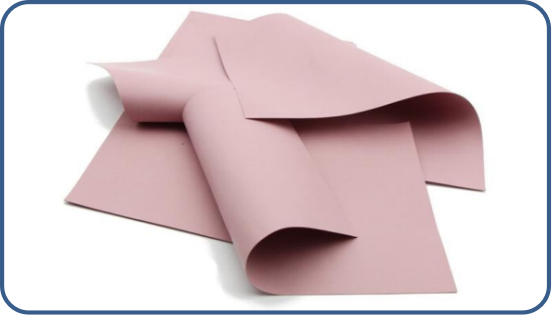

Share Article
GPU CPU Heatsink Cooling Thermal Conductive Silicone Pad
 Heatsink Thermal Pad
Heatsink Thermal Pad
In computing and electronics, thermal pads (also called thermally conductive pads or thermal interface pads) are a pre-formed square or rectangle of solid material (often ceramic or silicone based) commonly found on the underside of heat sinks to aid the conduction of heat away from the component being cooled (such as a CPU or another chip) and into the heatsink (usually made from aluminum or copper). Thermal pads and thermal compound are used to fill air gaps caused by imperfectly flat or smooth surfaces which should be in thermal contact; they would not be needed between perfectly flat and smooth surfaces. Thermal pads are relatively firm at room temperature, but become soft and well able to fill gaps at higher temperatures.
GPU CPU Heatsink Cooling Thermal Conductive Silicone Pad:
Thermal interface material for CPU; the surface of a CPU or a heatsink is never entirely flat; if you place a heatsink directly on a CPU, there will be tiny (invisible) gaps between the two. Since air conducts heat poorly, these gaps have a very negative effect on the heat transfer. Therefore, an interface material with a high thermal conductivity is needed to fill these gaps, and thus improve heat conductivity between CPU and heatsink.
Years ago, when CPU hat power dissipations around 10 watts, a thermal interface material was optional, and most often used by overclockers to improve cooling performance. With todays CPUs, it is an absolute requirement.

